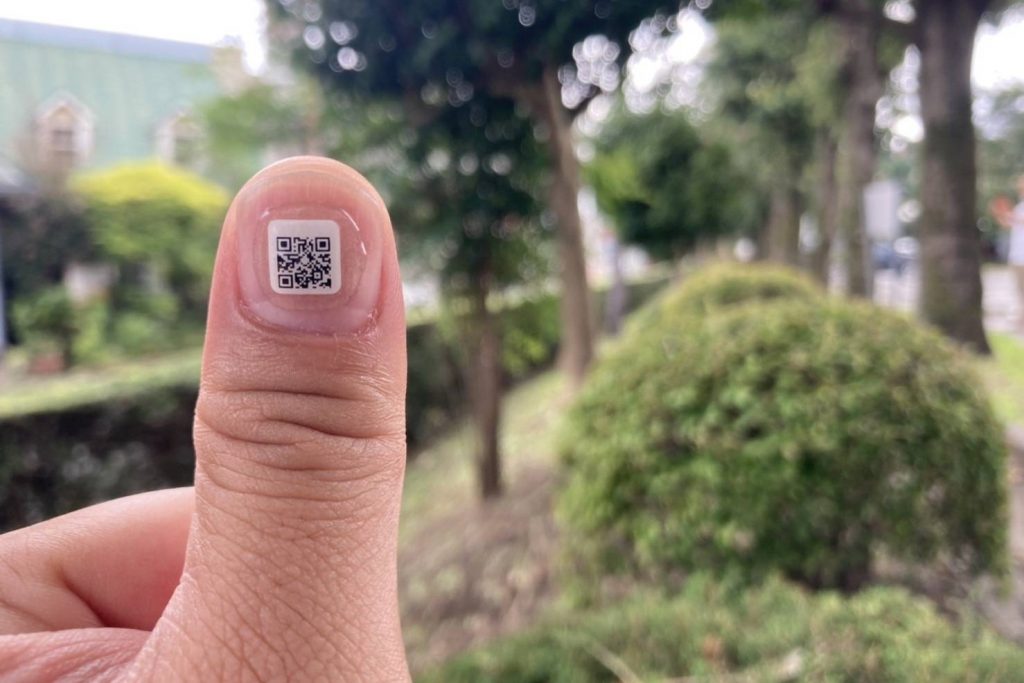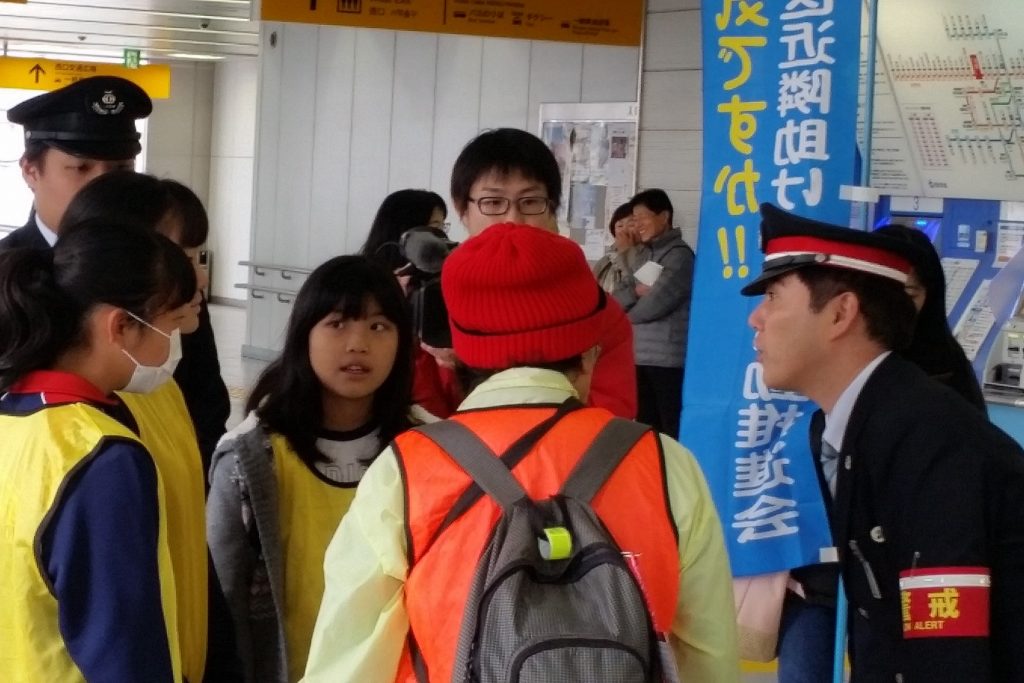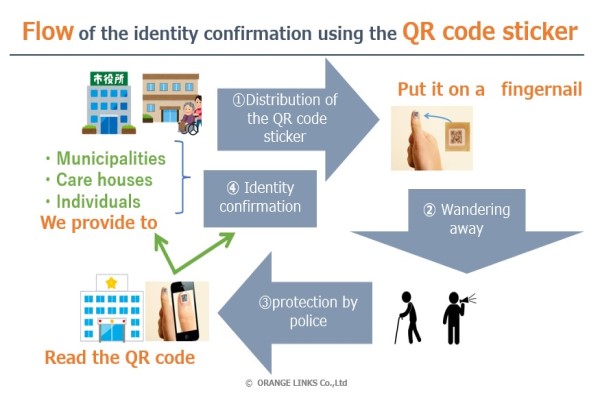2022 HAPI Grand Prize Winner
As Japan’s population ages, the number of people living with dementia has rapidly grown. According to the 2020 statistics of the Tokyo Metropolitan Police Department, the number of people with dementia who have been reported missing due to wandering that year was over 17,000, and that number has been increasing steadily over the past decade. In fact, the founder of ORANGE LINKS became aware of this issue when a friend’s father who had dementia was found wandering in an area located 20 km away from his hometown. When he was brought back home, he was worn out physically and emotionally. The authorities had managed to identify him only thanks to the registration sticker attached to his bicycle. The family found out later that he had been trying to go to the area where he used to work.
This issue of wandering was among the concerns addressed in Japan’s Comprehensive Strategy to Accelerate Dementia Measures, also known as the “New Orange Plan,” which was announced in early 2015. The Plan emphasizes incorporating the perspectives of people with dementia and their families, respecting the dignity of those with dementia, and working toward a society where older persons could age in place.
ORANGE LINKS was established later that year, in August 2015, when it launched a system called “NailQ” that facilitates verification of the identity of older persons with dementia who might have become lost. The innovation entails attaching a jell sticker to a person’s fingernail and toenail that features a QR code. If the police locate an older person who seems to be disoriented, they can read the QR code using a smartphone to obtain the phone number of a family member, care facility, or other caregiver selected by the person and provide rescue accordingly. In 2019 alone, the Nail Jell Sticker contributed to five older persons in Iruma City, Saitama Prefecture, getting back home safely after being lost.
Currently, the service is provided to local administrations in parts of Saitama Prefecture, Ibaraki Prefecture, and Hokkaido (local government offices, social welfare departments of city offices, etc.), which then distribute the stickers to local at-risk residents for free. It is also sold to care providers and individuals. This innovation is currently being implemented in Saitama Prefecture, where more than 300 older persons with dementia have this QR code sticker. By creating an environment where people can live without the fear of getting lost, it contributes to the older persons’ sense of security living in the community.
The NailQ system was developed based on opinions and feedback from care facilities, hospitals, and care managers from the local community. NailQ had two unique requirements: First, there was a need to develop a sticker as small as 1cm x 1cm in order to fit on the thumb. This was made possible by collaborating with a manufacturer to create a QR code sticker of the ideal size. Second, there was a need for the QR code to be readable even if it was in bad condition, so together with the manufacturer, they managed to develop a system that could read the QR code accurately even if 15 percent of the code is worn out. Generally speaking, these low-priced stickers last roughly two weeks.
Despite the high number of wandering cases, local governments have not been very enthusiastic about distributing GPS devices to residents with dementia due to the high initial investment and maintenance costs. In addition, there were cases where older persons forgot to carry the devices with them or the devices ran out of battery, so they were not widely used. Compared to conventional monitoring devices, NailQ is available at a low cost (approx. ¥250/month) and uses readily accessible technology, so it is easy to implement. Since the QR codes are affixed to the nail, there is no worry of forgetting or removing it, and its waterproof nature makes it resistant to wearing out.
ORANGE LINKS has also implemented several collaborative projects to disseminate their work at a larger scale. In 2019, they collaborated with a local railway company and the local police to conduct a drill to review the required actions when a wandering older person is located at a train station. And in 2020, the organization worked together with TV Saitama (the local broadcast station) and MS&AD Insurance Group, to develop a package including insurance in case an older person gets injured while wandering.
NailQ has started to be recognized internationally as well. It has been featured in such international news media outlets as BBC, CNN, CCTV, and so on. And there have been inquiries from Australia, Singapore, Hong Kong, and Taiwan. They are also in discussions with eldercare facilities in Hong Kong to start projects. This widespread interest highlights the fact that wandering due to dementia is a common social issue that many aging societies face.
KEYS TO SUCCESS
- Because the stickers are affixed to the user’s nails, it cannot be forgotten or left behind, and it therefore addresses a key problem with the conventional monitoring devices available in the market, which generally used wearable GPS tracking systems embedded in key chains, attached to shoes, and so on.
- The QR code system has become a universal system used worldwide, so it does not require any special technical device to operate—all that is needed is a smartphone to pull up the contact phone number for a designated person who can verify the wearer’s identity and help get them home.
- Privacy issues are avoided because the system does not include personal information about the user, nor does it track their location.
- Manufacturing and running cost are cheap compared to conventional monitoring devices. The stickers stay on the nail for 2 weeks and cost about ¥250 per month.
- ORANGE LINKS has worked with key stakeholders—local governments, care facilities, and individuals and their families—to create a product that contributes to a dementia-friendly community.
Related Resources





